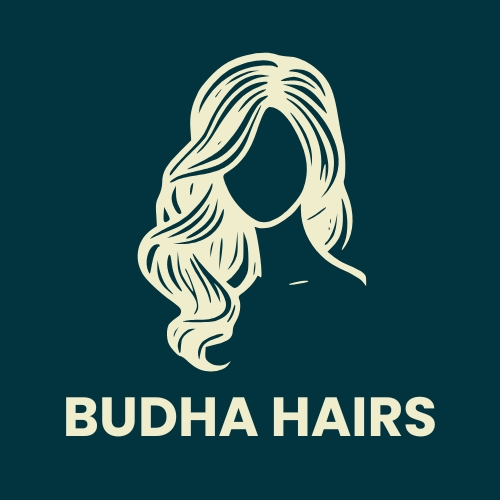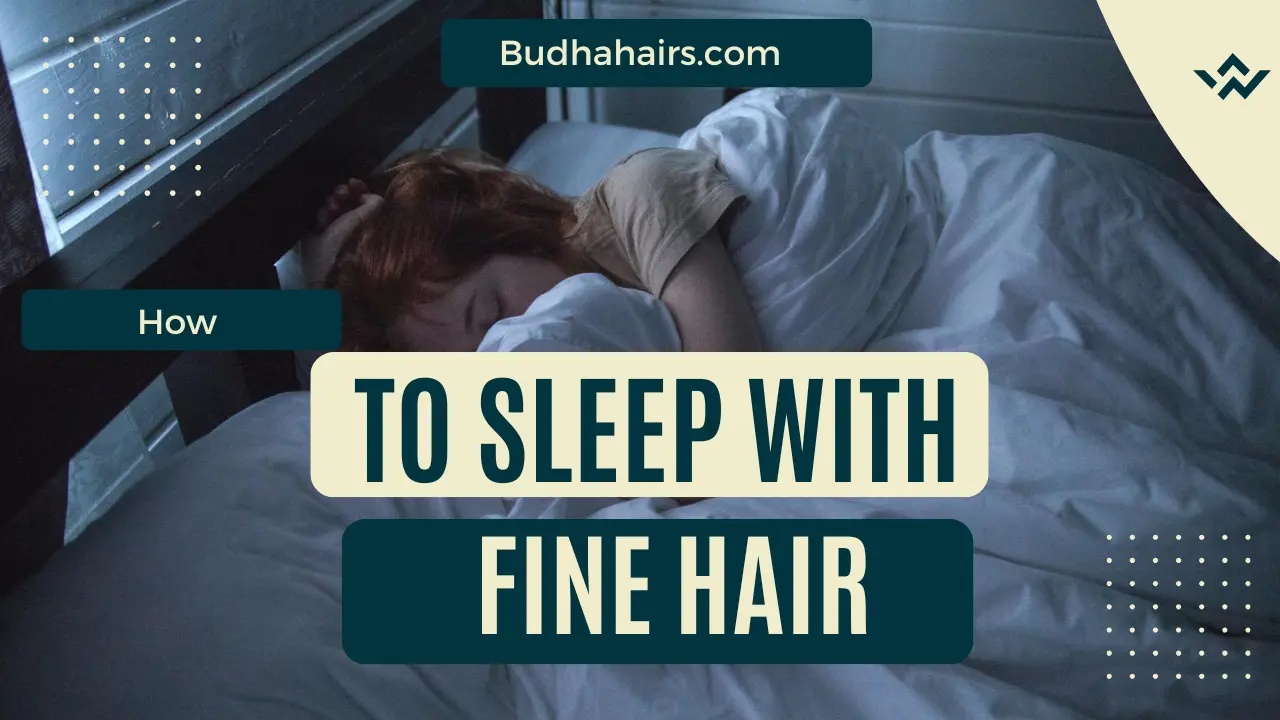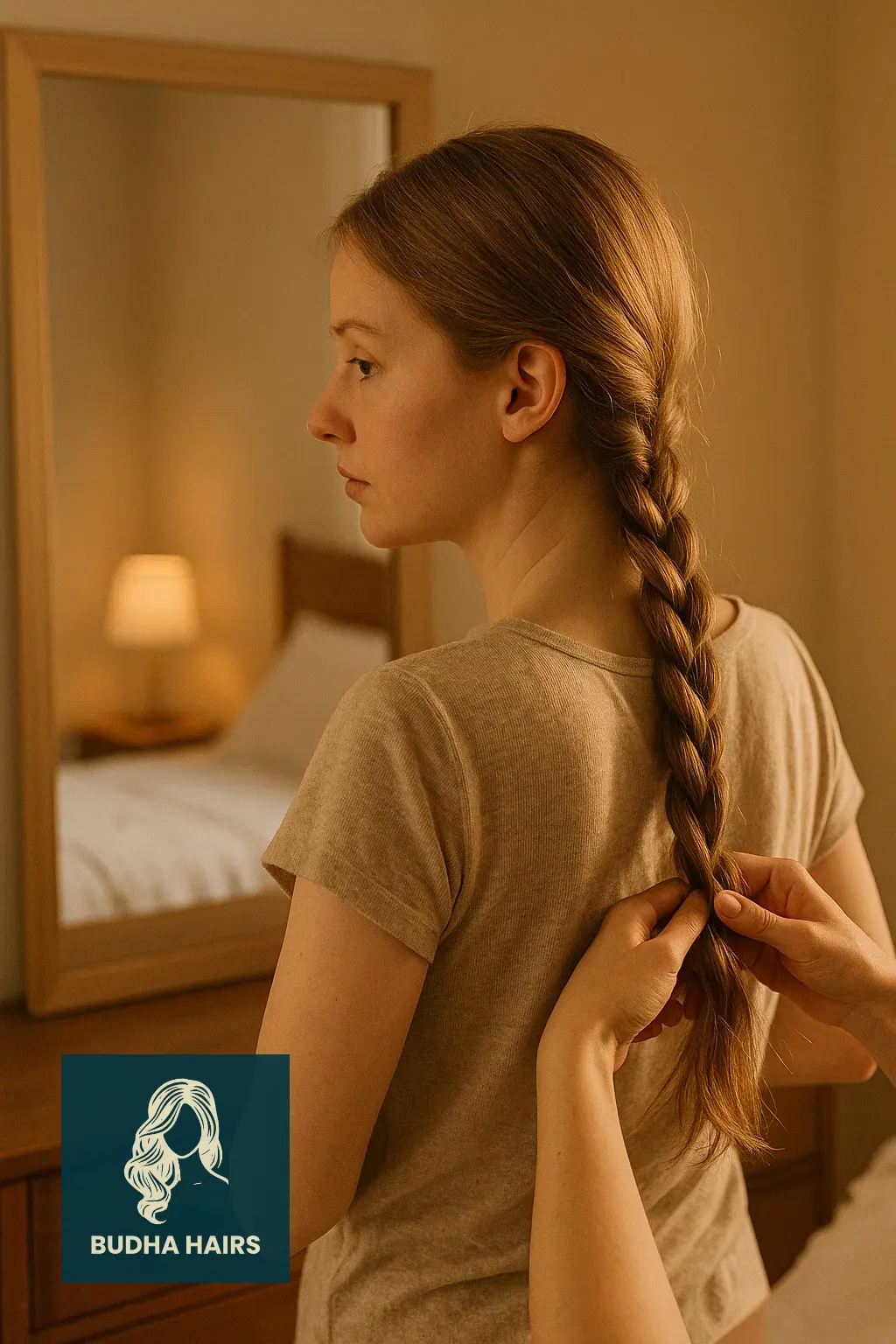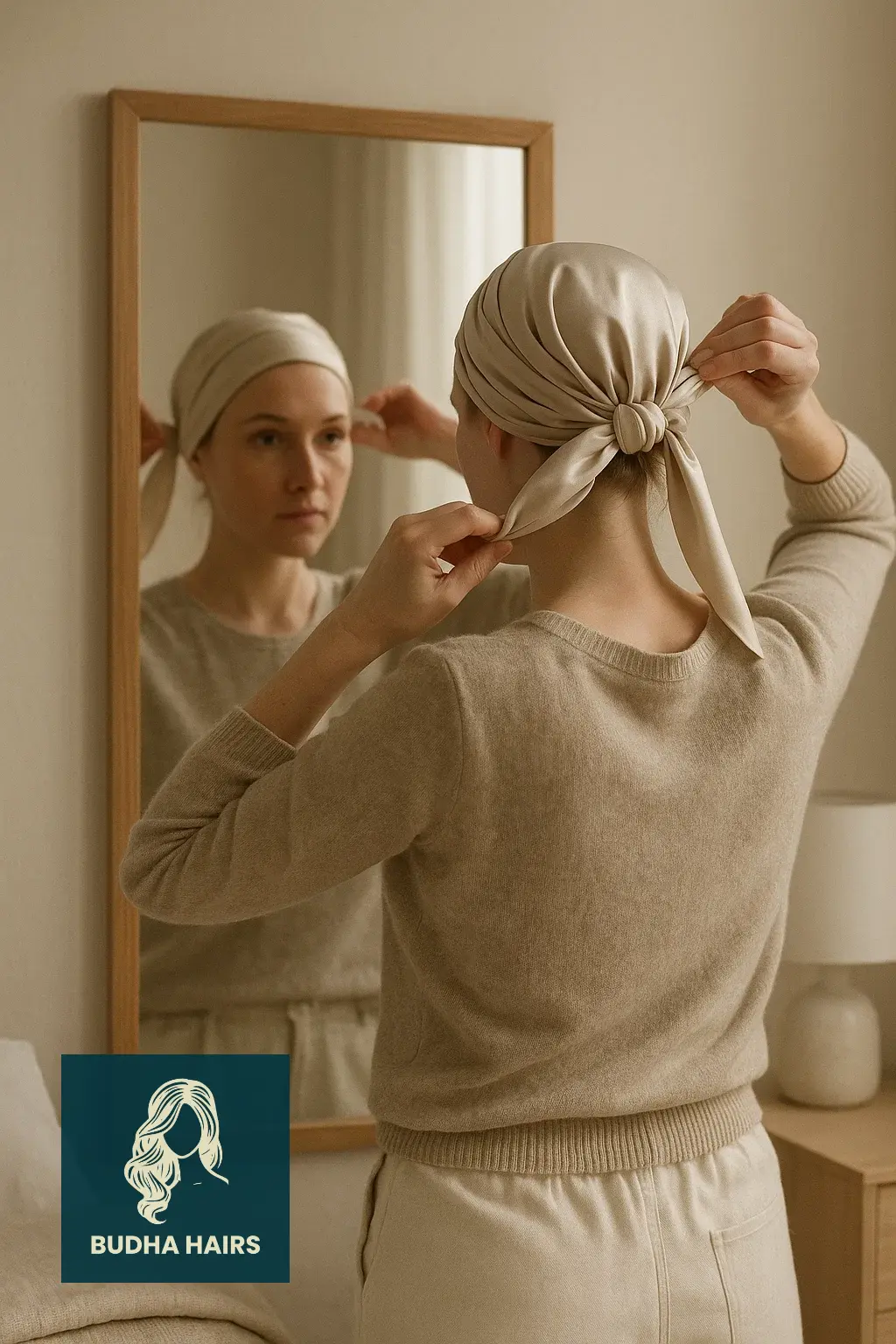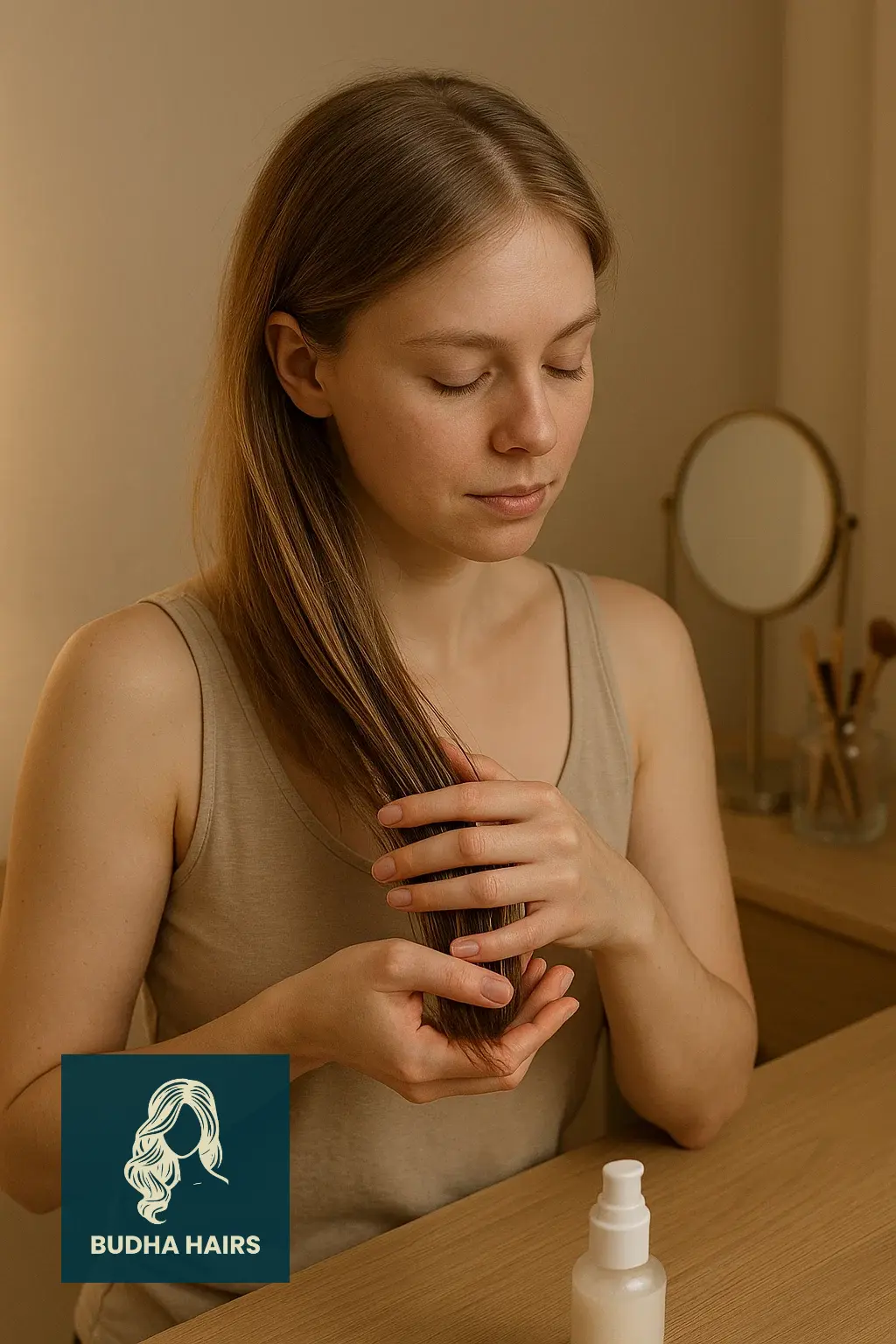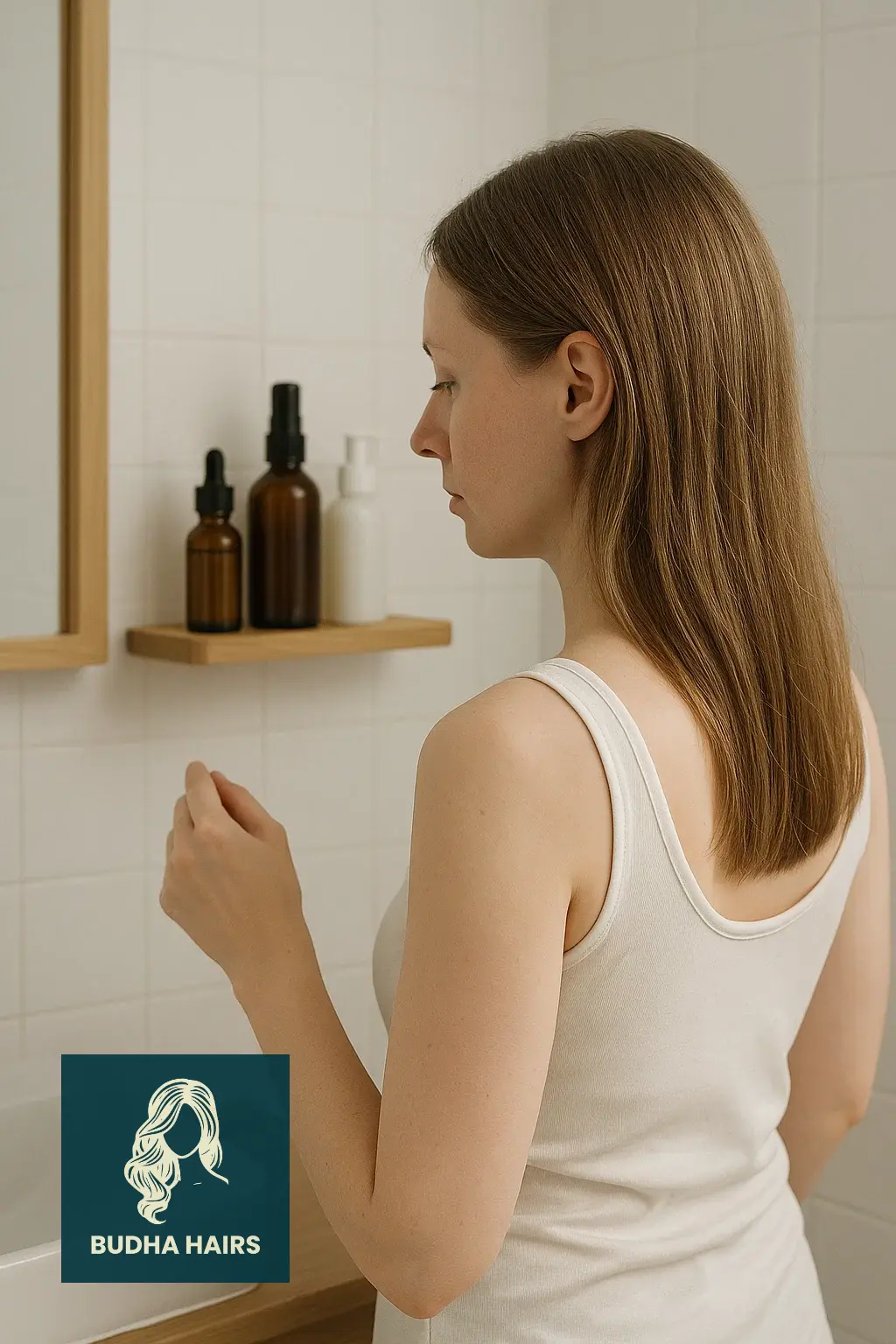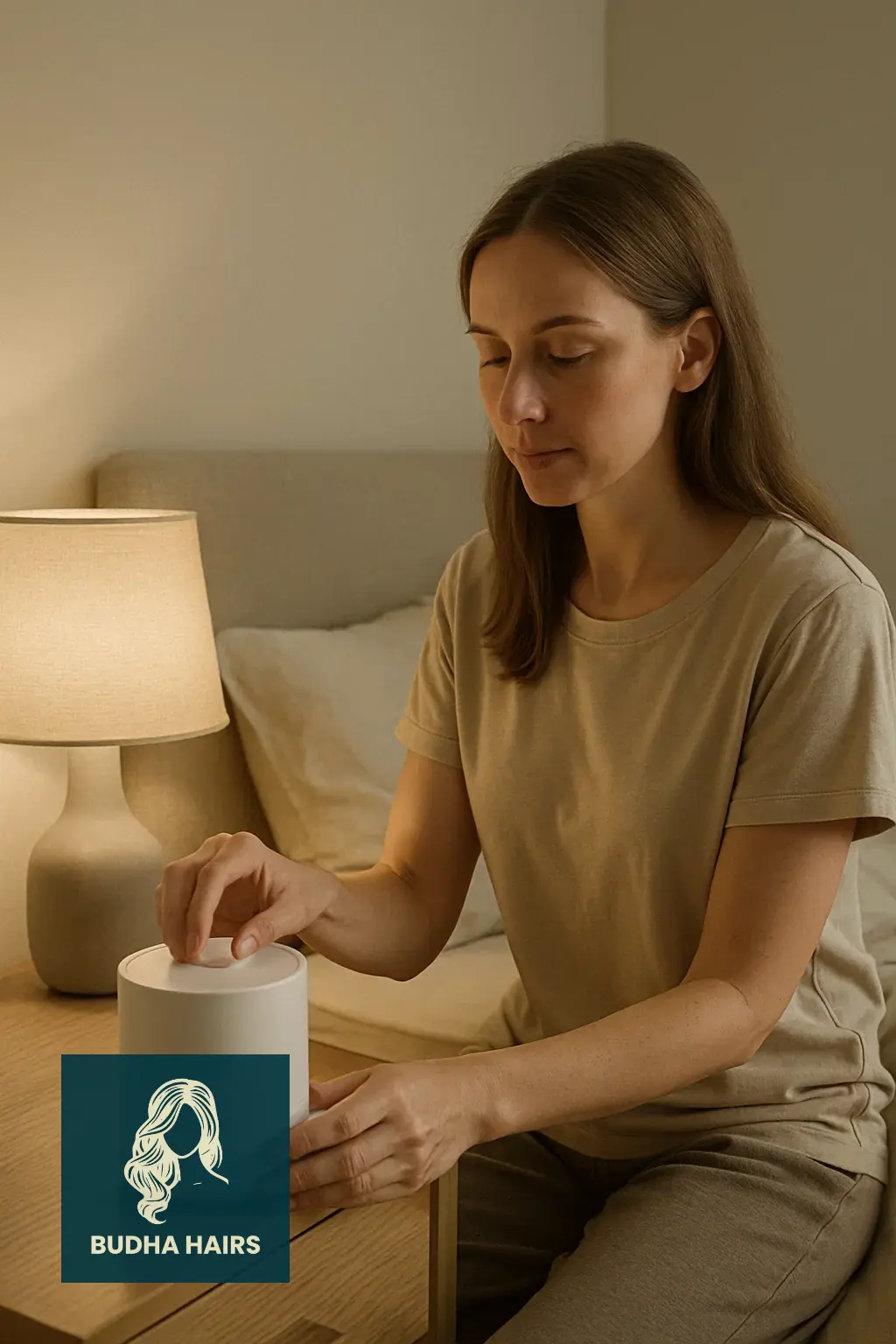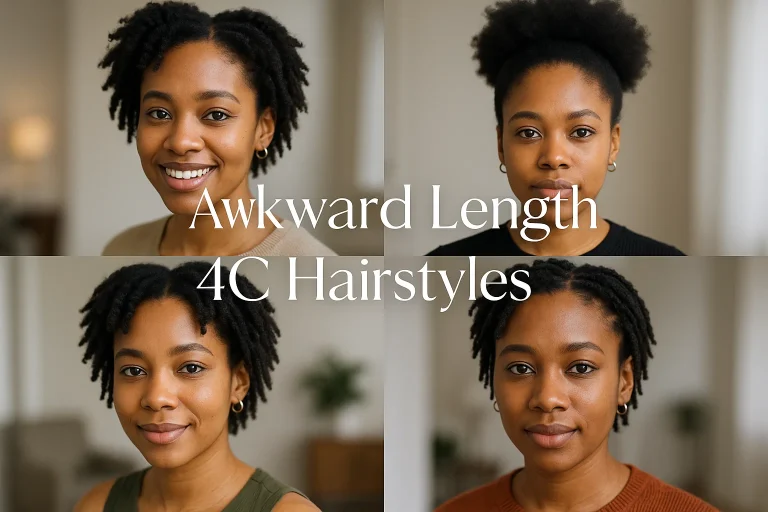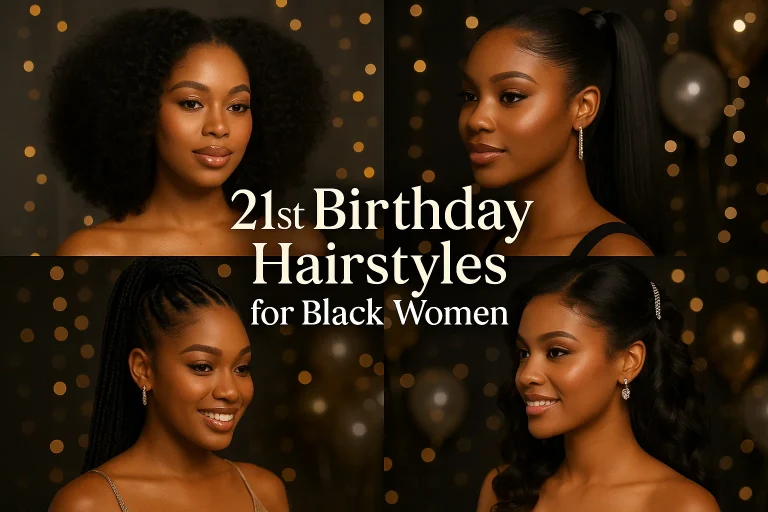How to sleep with fine hair is a common concern for many, as fine strands are more susceptible to breakage, tangling, and frizz during the night. Proper nighttime hair care can make a significant difference in maintaining the health and appearance of your fine hair. In this guide, we’ll explore effective strategies to protect your delicate locks while you sleep.
Why Learning How to Sleep With Fine Hair Is So Important
Fine hair is naturally more fragile and prone to breakage than thicker hair types. Tossing and turning at night causes friction against pillows, leading to frizz, split ends, and flat roots. If you’re not protecting your hair while you sleep, you could be undoing all the effort you put into your hair care routine during the day.
By learning how to sleep with fine hair using gentle techniques and protective styling, you’ll help preserve your hair’s natural oils, prevent damage, and promote healthier hair growth.
1. Choose the Right Pillowcase Material
Switching to a silk or satin pillowcase can significantly reduce friction between your hair and the pillow, minimizing breakage and frizz. Unlike cotton, which can absorb moisture and create friction, silk and satin allow your hair to glide smoothly, preserving its natural oils and preventing tangles.
2. Opt for Protective Hairstyles
Styling your hair appropriately before bed can prevent tangling and breakage:
- Loose Braids: Gently braiding your hair can keep it contained and reduce friction.
- Low Ponytail or Bun: Securing your hair loosely at the nape of your neck with a soft scrunchie can prevent tangles without causing tension.
- Pineapple Method: Gathering your hair at the top of your head can protect curls and waves, though this is more suitable for longer hair lengths.
3. Avoid Sleeping with Wet Hair
Sleeping with damp or wet hair can increase the risk of breakage and scalp issues. Wet hair is more fragile, and the moisture can create a breeding ground for bacteria on your pillow. Ensure your hair is completely dry before going to bed to maintain its strength and health.
If you often wake up with tangled strands, trying some Protective Hairstyles for Straight Hair might help reduce friction and breakage overnight.
4. Use a Silk or Satin Hair Wrap
Wrapping your hair in a silk or satin scarf or bonnet can provide an extra layer of protection. This method keeps your hair in place, reduces friction, and helps retain moisture, leading to smoother, healthier strands in the morning.
5. Apply a Leave-In Conditioner or Hair Serum
Using a lightweight leave-in conditioner or serum can provide additional moisture and protection. Look for products specifically designed for fine hair to avoid weighing it down. These products can help reduce frizz and make your hair more manageable upon waking.
6. Maintain a Consistent Nighttime Hair Care Routine
Consistency is key when it comes to hair care. Establishing a nightly routine that includes gentle detangling, applying protective products, and securing your hair can lead to long-term improvements in hair health and appearance.
7. Control Bedroom Environment
Environmental factors like humidity and temperature can affect your hair’s condition. Aim for a bedroom humidity level between 30-50% and a comfortable temperature to prevent your hair from becoming too dry or too oily overnight.
8. Regularly Clean Your Pillowcases and Hair Accessories
Keeping your pillowcases and hair accessories clean is essential to prevent the buildup of oils and bacteria, which can transfer to your hair and scalp. Wash these items regularly to maintain a healthy sleeping environment for your hair.
Best Nighttime Hairstyles for Thin or Delicate Hair
If you’re still wondering how to sleep with fine hair without compromising on volume and softness, here are some extra techniques that help.
When you’re dealing with fine or thin hair, the goal is to protect your strands without adding stress or tension. Choosing the right bedtime hairstyle can make all the difference in reducing breakage and preserving volume and texture by morning.
1. Loose Braids
A classic go-to style, a single low braid or two loose side braids work wonders in keeping your hair secure without pulling on your roots.
- Prevents knots and tangles
- Helps create natural, heatless waves
- Reduces friction from tossing and turning
For best results, use a soft, silk scrunchie or fabric tie at the ends.
2. Silk Hair Wraps or Bonnets
Wrapping your hair in a silk or satin scarf before bed can drastically minimize friction between your strands and your pillowcase.
- Locks in moisture
- Reduces split ends and frizz
- Prevents hair from getting pulled or flattened during sleep
Silk wraps are especially helpful if you prefer not to style your hair with elastics or if your hair is extremely fragile.
3. Loose Top Knot or Pineapple Bun
A loose bun at the crown of your head (aka a pineapple bun) is a great option, especially for medium-to-long fine hair.
- Helps maintain volume at the roots
- Keeps hair lifted to avoid crushing curls or waves
- Reduces contact with pillow surface
Use a silk scrunchie and avoid wrapping your hair too tightly to prevent breakage.
4. French Rope Twist
This is a great technique if you’re hoping to wake up with soft curls—no heat needed.
- Divide your hair into sections and twist each into a rope braid
- Secure gently at the nape or to the side
- In the morning, unravel for soft, bouncy waves
This style protects your hair’s natural texture and prevents overnight tangles.
Additional Tips for Sleeping With Fragile Hair
Your nighttime hairstyle is just one part of the equation. Here are a few extra things you can do to protect fine hair while sleeping:
Should You Brush Your Hair Before Bed?
Yes – but gently.
- Use a wide-tooth comb or a soft boar bristle brush to remove tangles
- Start at the ends and work your way up to avoid pulling
- Brushing helps distribute natural oils for moisture and shine
Avoid aggressive detangling, especially if your hair is wet.
Avoid Tight Hair Ties
Tight elastics can stress the hair shaft and cause breakage, especially near the scalp. Always opt for soft, fabric-covered ties or silk scrunchies.
Keep Hair Hydrated
Apply a lightweight leave-in conditioner or serum before bed. This not only reduces friction but also keeps strands nourished overnight.
- Choose products specifically made for fine or thin hair
- Avoid anything too heavy that can weigh your hair down
Protect Your Edges
If you have sensitive or thinning edges, ensure any hairstyle you choose doesn’t tug or pull on your hairline. Wrap your edges gently with silk or use a protective edge gel formulated for fine hair.
Frequently Asked Questions (FAQs)
Conclusion: How to Sleep With Fine Hair Like a Pro
Now that you know how to sleep with fine hair, you can say goodbye to morning tangles, flat roots, and breakage. Incorporating small changes—like using a silk pillowcase, securing your hair in a loose protective style, and applying lightweight overnight treatments—can make a massive difference in the health and beauty of your hair.
Remember, fine hair needs gentle care, and your night time routine plays a big role in long-term hair health. Start slow, stay consistent, and adjust based on what works best for your unique hair type.

I’m Budha Styler, a hair enthusiast who loves creating beautiful, confidence-boosting looks that feel true to who you are. I’m passionate about exploring new trends, techniques, and textures, and I enjoy turning that knowledge into simple, inspiring ideas anyone can try. Through my work, I hope to help you express your unique style, feel amazing in your own hair, and discover everyday looks that make you shine.
